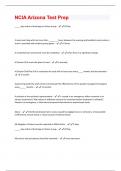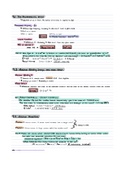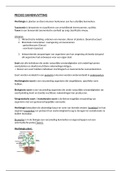Exam (elaborations)
Test Bank for Principles Of Macroeconomics, 11th Edition by John Sayre
- Course
- Macroeconomics
- Institution
- Macroeconomics
Test Bank for Principles Of Macroeconomics 11ce 11th Canadian Edition by John Sayre, Alan Morris, Philippe Ghayad. Full Chapters test bank are included with answers (Chapter 1 to 13) CHAPTER 1 The Economic Problem CHAPTER 2 Demand and Supply: An Introduction CHAPTER 3 Measuring the Economy 1: ...
[Show more]












